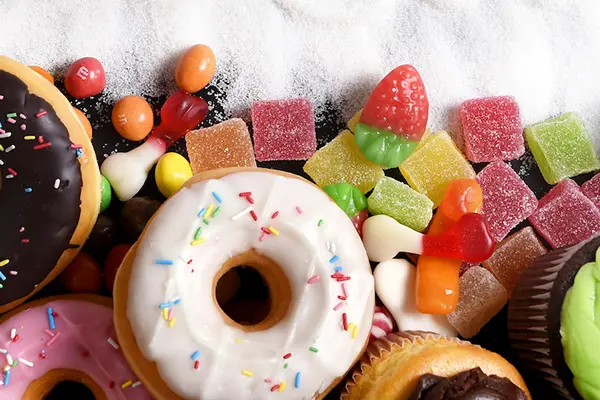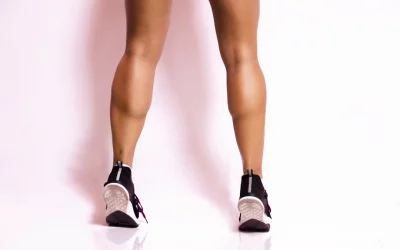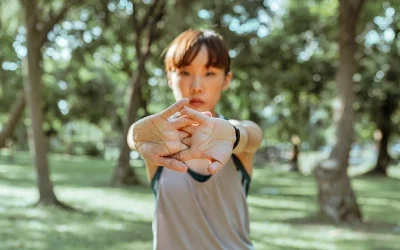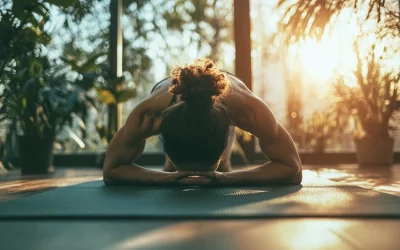Kicking Sugar Cravings- Eating Less Sugar to Be Healthier
We’ve all heard that sugar is bad for you.
There is a reason that your mom wouldn’t buy every candy bar at the grocery store and that dentists scream around Halloween: human bodies aren’t designed to process large amounts of manufactured sugar. The trick is to learn to start eating less sugar to be healthier.
Basically, what happens when you consume sugar is a lot like this:
The challenge is to stop eating it. It is in so many little things that the moment you become aware of it, you can become overwhelmed and give up on the effort to avoid sugar.
Additionally, sugar is addicting. While it isn’t as harmful or as difficult to break as drug addiction, your body goes through withdrawal symptoms if you quit cold turkey. This could mean extreme fatigue, depression, muscle aches, and migraines.
The trick is to gradually teach your body to function properly without sugar and to realize why you’re craving it.
There are many reasons why you might be craving sugar.
Not enough quality sleep.
Your body is desperately trying to find energy in any way it can. Check out our post about how to improve your sleep!
Habitual sugar snacking.
If you always have a big dessert after dinner or a little sweet treat after lunch, those become mindless actions that take conscious effort to stop. Realize when you start reaching for the ice cream and cookies and think of why you are going to eat them. If you are not actually hungry and the motion is out of habit, just walk away!
Stressful moments.
When your body is stressed, it releases cortisol, the “fight or flight” hormone. Apart from setting you on edge, it also slows insulin production, which doesn’t allow your body to absorb energy from the sugar in your blood.
Without that energy source, your body believes it needs more, leaving you craving sugar. It can also be a calming action since you can associate things like chocolate with calmness and happiness.
Emotional eating can give your body the dopamine it craves.
You might find happiness from eating since it can release dopamine, especially when emotions are running high. With dopamine, the more your body releases, the more you subconsciously start to crave more of it, which in turn leads you to eat more things that make you feel good, which releases more dopamine…
There is also the social element of emotional eating. You gain the social support you need, but you also tend to overeat and overindulge when you share a meal with someone.
Not eating the right foods.
- Too many starchy or high carbohydrate foods increase sugar cravings since they get digested too quickly.
- Types of carbohydrates are white bread, pasta, and sugary cereals, but also candy and dried fruits.
- Not enough iron leaves you low in energy and increases your sugar cravings.
- Eat more red meats, pork, poultry, beans, spinach, and dark green, leafy vegetables.
- Eating protein and healthy fats prevent too much insulin from being released at a time, which keeps your blood sugar levels stable.
- Healthy fats: nuts, seeds, avocados, high-quality olive oil, coconut oil, and dairy products (in moderation).
- Protein sources: chicken, lean beef, salmon, shrimp, beans, nuts, soy/tofu, and eggs.
- High-protein, low-sugar breakfasts reduce cravings, make you feel balanced, and leave you less likely to snack on sugary things during the day.
- Fiber helps to slow digestion and stabilizes your blood sugar levels.
- Whole-grain bread, oats, peas, quinoa, skin-on potatoes, spinach, and almonds are all high in fiber.
- While artificial sweeteners reduce the overall calorie count of a dish, they should be used with caution. There are several mixed studies on if they provide benefits or cause harm, so we recommend talking to your healthcare practitioner before consuming large amounts or switching over from regular sugar.
- Simply not eating enough. When you’re hungry, your body wants energy quickly, which usually leads to fast snacks.
Dehydration.
When you become dehydrated, sometimes your body confuses thirst for hunger. You reach for the chocolate bar instead of a glass of water- and now your blood sugar is too high, and you still need to drink fluids!
Here are some of our tips on keeping hydrated.
Eating less sugar is the first step to being healthier.
Get meal prepping to become aware of what you eat.
When you meal plan in advance, it allows you to make sure your food variety is balanced, nutritious, and has enough substance for each day. This way, you can reduce extra snacking while still feeling satisfied!
Don’t wait too late to hydrate!
Try drinking a glass of water when you start craving sugar. It could be your body telling you that it’s dehydrated. If water doesn’t do the trick, have a cup of herbal or naturally sweet tea without additional sweeteners.
It will give your taste buds the satisfaction they require without affecting your blood sugar levels. If you don’t like tea, eat a piece of fruit or a sweet vegetable. They have naturally occurring sugars in them, but they are easier for your body to process than a cookie!
Time to get spicy!
There are a handful of spices (and herbs) that help to stabilize your blood sugar levels, including cinnamon, ginger, and turmeric. They are great for improving insulin sensitivity, which keeps your blood sugar levels more consistent. Try sprinkling cinnamon on banana slices or putting a pinch in your morning coffee. For ginger and turmeric, try making a golden latte.
Since trying to quit something overnight can be difficult, here are a few suggestions to reduce the amount of sugar you consume.
The first step is noticing.
The first step to changing nearly anything is that you must notice what is going on first. Once you recognize how much sugar you consume, it’ll be easier to reduce it!
Drink kombucha instead of pop.
This fermented drink is great for improving gut health with good bacteria, it is made with less sugar, and it often has the bubbly texture that we enjoy in other sugary drinks.
Make cookies at home instead of store-bought.
While you will still add sugar to them, you can control the amount you put in as compared to store-bought snacks. After all, we’re eating less sugar to be healthier, not trying to punish ourselves by removing sugar completely.
Choose dark chocolate instead of milk or white.
Dark chocolate is full of antioxidants and it has less sugar than the sweeter types of chocolate. Eat with moderation, but you don’t have to lose your comfort foods completely.
Eat whole-grain bread instead of white bread.
When your starches like bread, pasta, and rice are a lighter colour, versus more brown or yellow, it is because they are heavily processed and they often have more sugar added to them to make them appealing. Choosing the whole grain option is better for your health and blood sugar levels.
Ask for less sweetener with your fancy drinks.
Do you know how much sugar goes into a Starbucks drink? A grande chai latte has four pumps of chai syrup, which is FORTY-TWO grams of sugar. Assuming that the sugar comes from the syrup alone, if you get just three pumps, that drops about ten grams of sugar from your cup. Being conscious about eating less sugar is a great way to be healthier.
Dish up smaller portion sizes.
If you normally have two chocolate chip cookies for an afternoon snack, try having just one and have a few berries and almonds instead of the other one. After supper, have a smaller piece of cake than you were going to eat or share it with someone.
Wait about ten minutes after you feel your sugar craving before giving in to it. It might fade, especially if you distract yourself. Go for a brisk walk, dance around your kitchen, or do a quick, ten-minute stretch!
We want you to feel your best and enjoy life to the fullest! Reducing your sugar intake can prevent the onset of type II diabetes, increase your energy levels, and help prevent weight gain. Make a change to gradually reduce the amount of sugar you consume in a day to lead a healthier life.
Any links included are for reference, additional information, or entertainment value only, without monetary compensation. Contact us on social media or at [email protected]. Photos courtesy of Unsplash.
This article is not intended to act as or replace medical advice. Please talk to your healthcare practitioner if you have any concerns.
Written by Kayla Willsey
Updated May 20, 2021






